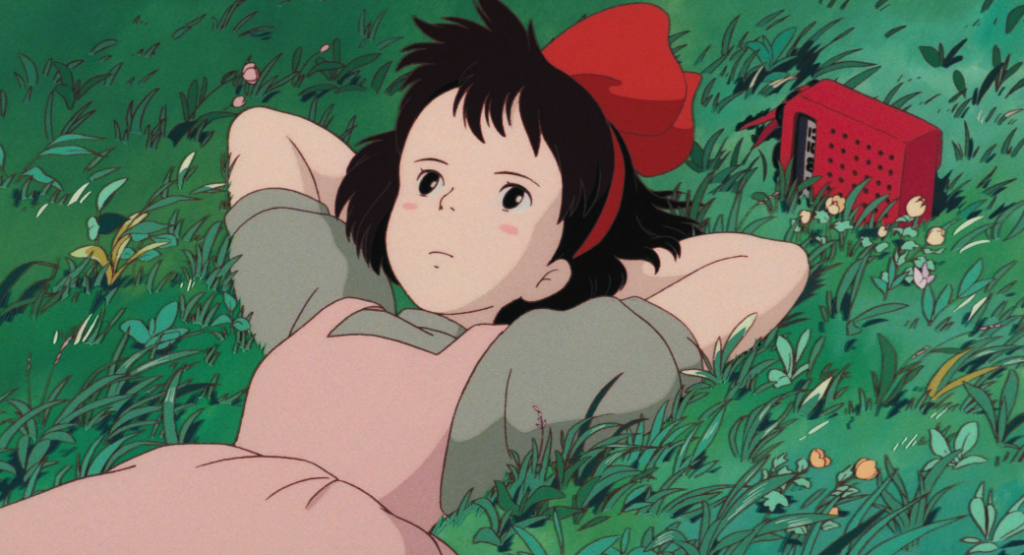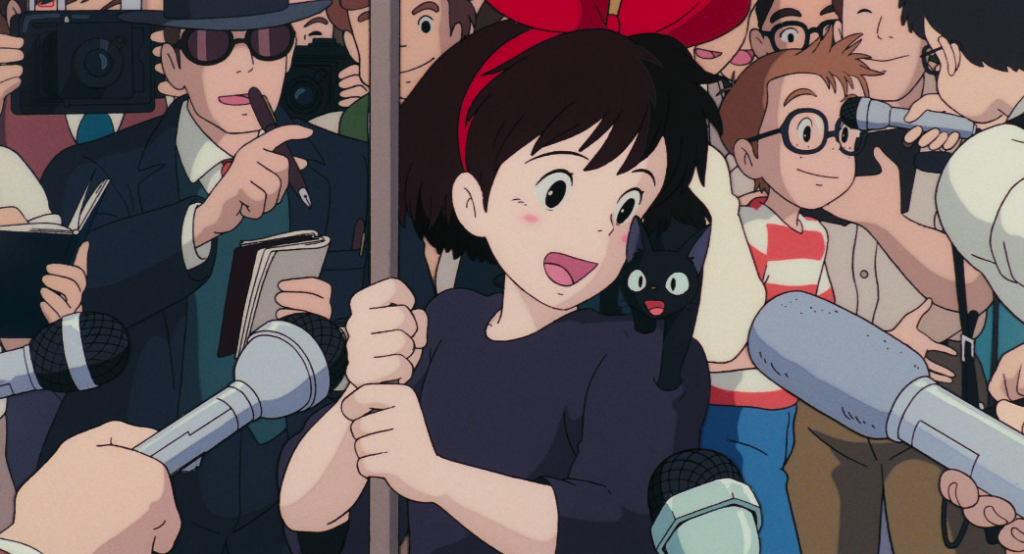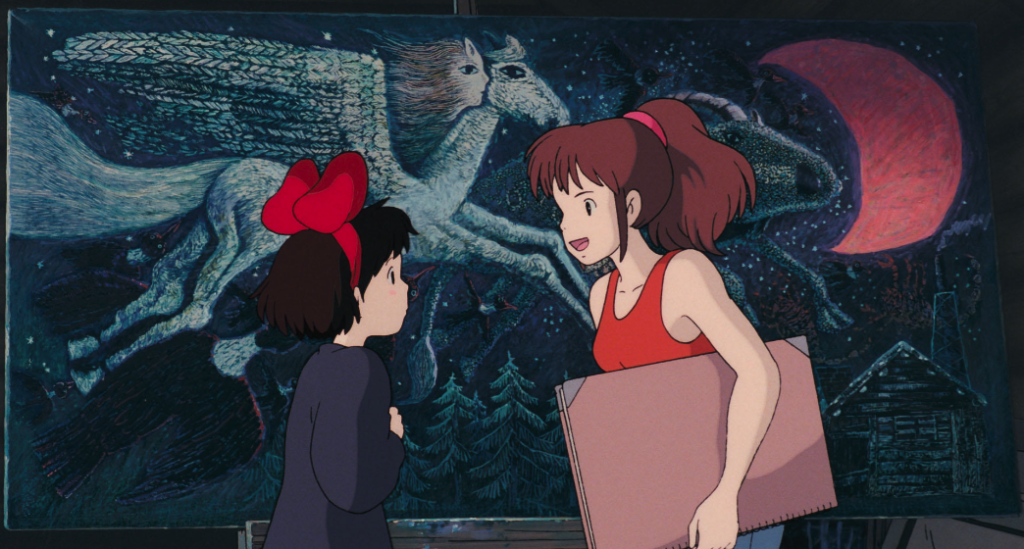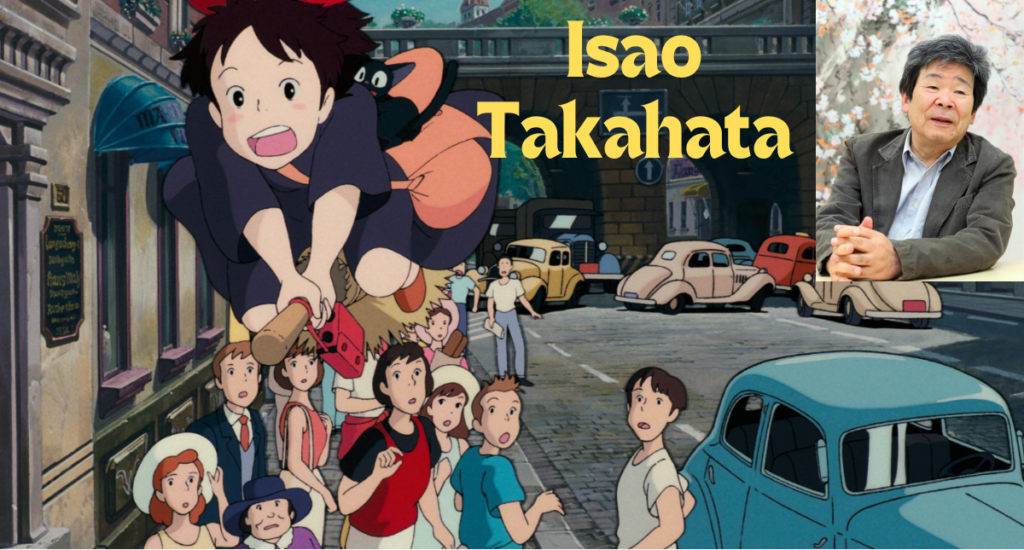Kiki's delivery service
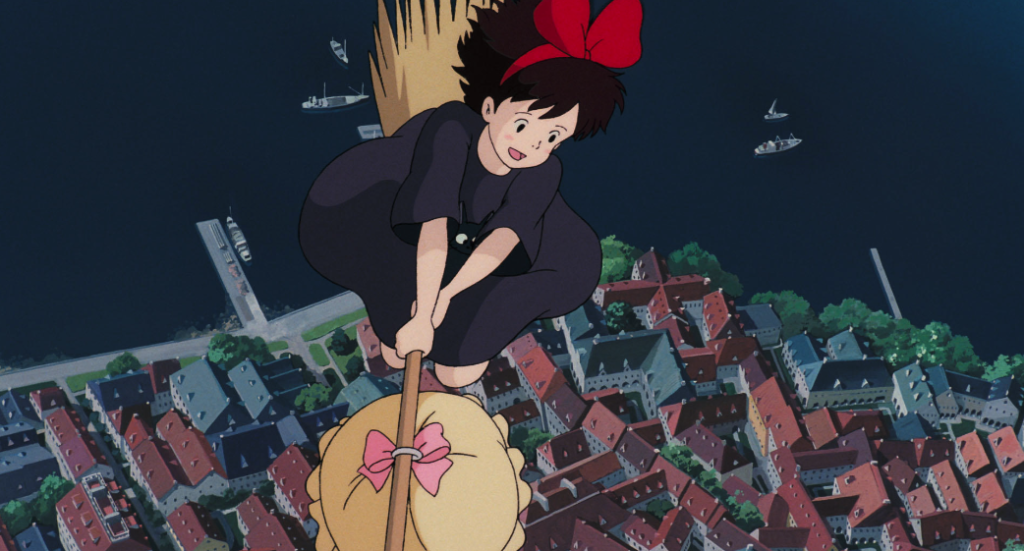
About the Girl that Flies
The author explores Hayao Miyazaki’s films, emphasizing “a girl flying” as a recurrent motif. He posits that beneath overt themes, a deeper theme of “talent” subtly challenges audience’s perception, creating intrigue.
Hayao Miyazaki, often experiencing creative blocks, uses the “flying girl” motif as a creative lifeline. This mirrors societal expectations and personal talent, as examined through “Kiki’s Delivery Service,” reflecting his own artistic struggles.
Kiki’s Black Dress and Daily Life
In this invteriew, Hayao Miyazaki highlights his focus on portraying the tangible world of Kiki’s town and room. He explains what Kiki’s black dress symbolizes and emphasizes the importance of depicting a continuous flow of time and space in capturing everyday life.
Solving the Mystery of Ursula’s Painting
The author relates to Kiki’s loneliness in a new city, reflecting on their own similar experiences. They explore Ursula’s role as Kiki’s mentor, theorize about her namesake’s significance, and delve into the artistry and symbolism of Ursula’s painting that features Kiki. They reveal that the painting’s origin lies in a children’s collaborative artwork, implying Kiki’s potential for a powerful future.
Bringing out the local color of a fictional country
Isao Takahata discussed his role in music direction for a film, emphasizing it wasn’t particularly special. Miyazaki planned to include Yuming’s songs, representing urban vibes Kiki, the main character, would relate to. Instead of original songs, existing tracks like ‘Rouge no Dengon’ were used. The film’s music highlights daily emotions rather than fantasy, with a theatrical touch reflecting a European setting.

